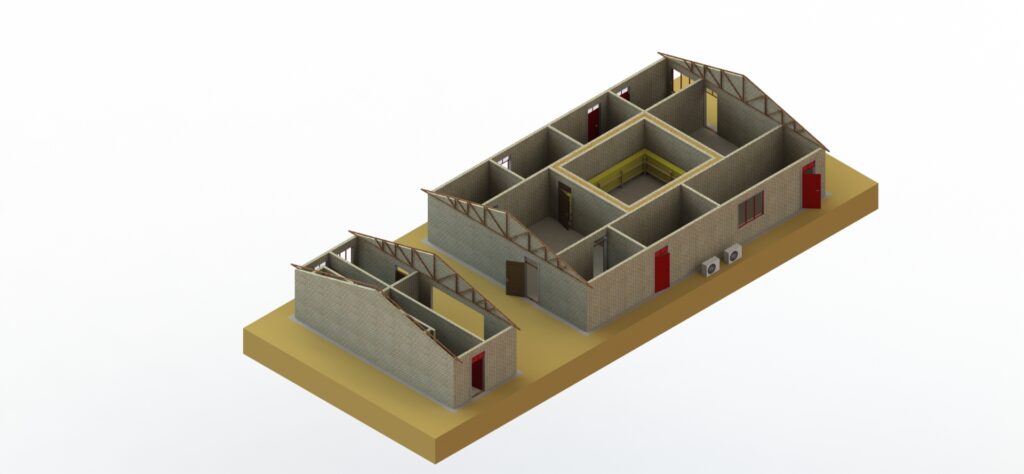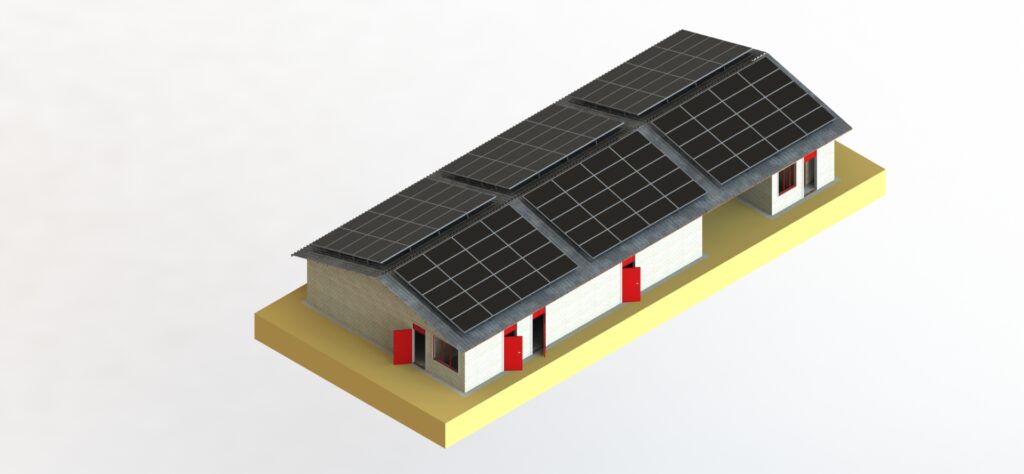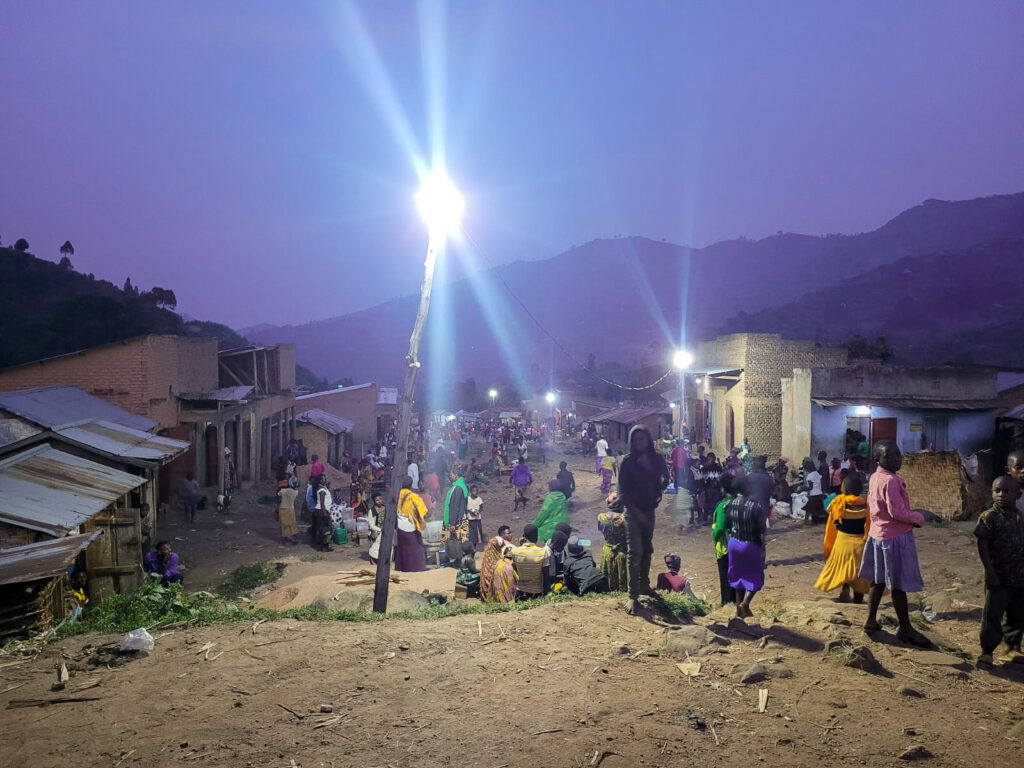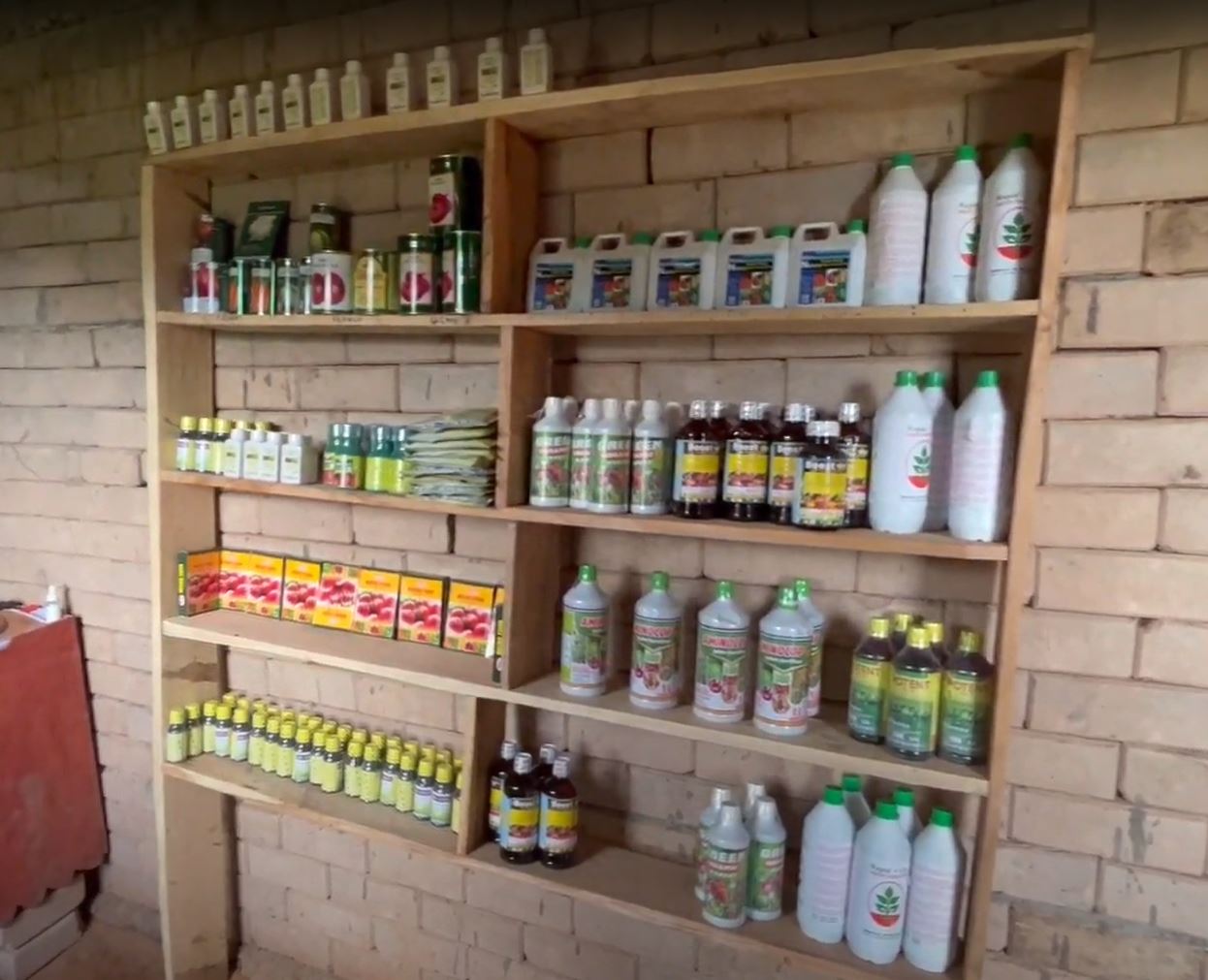Smart Agri-Centres
The challenges we solve
Rural communities in the global South face multiple challenges. Post-harvest losses, lack of quality inputs, access to market, agronomic information and lack of access to value-addition services being just some of them. Solutions exist to each of these challenges individually, but they usually require individual entrepreneurs to want to set up those services in a community, and/or require some enabling catalytic factor, such as access to energy. When these solutions are set up individually, they are often not coordinated or aligned for the benefit of the community, or have critical gaps in their scope.
To address these challenges, SVRG with partners in Uganda has created the Smart Agri-Centre – a piece of modular infrastructure that combines all the key priorities for farm value-addition, yield- and income-maximisation.

Our surveys found that after only one year a community with a Smart Agri-Centre almost quadrupled its profits.
Solutions-oriented approach
With our unique cold storage facility at its centre, and surrounded by multiple spaces for dry storage, training, value-addition, marketing and other services, the Smart Agri-Centre serves as a one-stop-shop to meet the main challenges holding back farm productivity in remote rural communities. The Smart Agri-Centres generate their own renewable energy from 45kWp installed solar to provide the energy needed for the services and storage solutions.
The productive use spaces are flexible and customisable so that they can be adapted to the specific and changing needs of the community as time progresses. In addition to powering these Agri-Centre services, spare energy can be distributed to other community services such as health clinics or schools and, regulations-permitting, neighbouring houses and businesses.



Powering local business
The Smart Agri-Centre is not just used to power businesses within the centre itself. It also powers community infrastructure including a school, health centre, religious institution, and nearby houses, and also provides security lighting for Mbata’s main trading centre. This trading centre contains over 40 shops which are all now powered by the SAC, allowing business owners to earn income from new revenue streams which utilise the power provided, and to keep their businesses open late into the night. Even mobile businesses which do not use power, such as the numerous women who use the trading centre to sell produce like clothing and vegetables, have benefitted from the presence of the SAC, as they are now able to safely trade at night with the benefit of bright security lights.

Some of the Smart Agri-Centres facilities
Constructed using innovative, low-cost local materials and construction methods, Smart Agri-Centres can be tailored to the specific needs of a community. Depending on the type and throughput of priority value-adding services, we can easily increase the size and/or power available in a Centre to meet requirements.
We want to deliver the social, environmental and economic impacts of Smart Agri-Centres to communities across Africa.
Proven results
Constructed using innovative, low-cost local materials and construction methods, Smart Agri-Centres can be tailored to the specific needs of a community. Depending on the type and throughput of priority value-adding services, we can easily increase the size and/or power available in a Centre to meet requirements.
We have completed several surveys looking at how the SAC has a social and economic impact on the community. The results have been overwhelmingly positive – our agricultural figures show that average costs fell as a result of farmers bulking their produce and that average profits nearly quadrupled as farmers received a higher price for their higher quality produce. This was a result of the improved organisational structure and knowledge sharing catalysed by the SAC.





